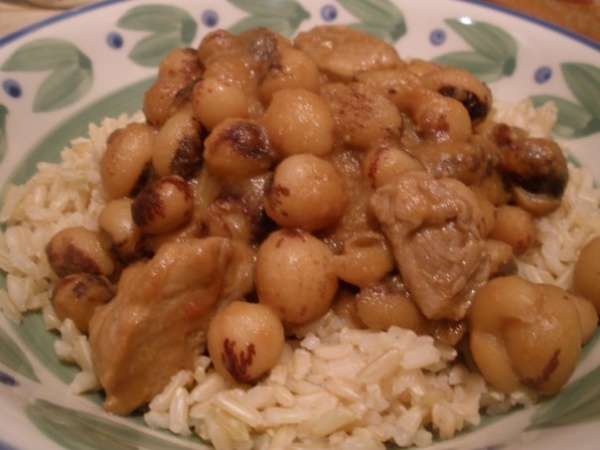Facts About Malagasy cuisine
Malagasy cuisine is a delightful blend of flavors and traditions, reflecting the rich cultural tapestry of Madagascar. The island's culinary landscape has been shaped by a mix of Southeast Asian, African, Indian, Chinese, and European influences, thanks to the many migrant communities that have settled there over the centuries.
At the heart of Malagasy meals is rice, which is almost always accompanied by various side dishes known as "laoka." These can range from vegetarian offerings to meat-based dishes, often seasoned with a variety of ingredients like ginger, onions, garlic, tomatoes, vanilla, and an array of spices. A unique ingredient is beef from the zebu, a type of humped cattle brought to the island by East African migrants. Over the years, trade with Arab, Indian, and European merchants introduced new fruits, vegetables, and seasonings, further enriching the local cuisine.
The roots of Malagasy cuisine stretch back to the island's earliest settlers, who practiced swidden agriculture (slash-and-burn farming) and hunted wild animals, unfortunately leading to the extinction of some of the island's megafauna. As time went on, new crops and cooking techniques were adopted, and by the 19th century, the cuisine had blossomed under the Malagasy monarchs, incorporating elaborate festival dishes and exotic ingredients.
French colonial rule brought another wave of culinary influences, introducing pastries, desserts, and French-style dishes. Additionally, Chinese and Indian migrants introduced their own culinary traditions, such as Chinese fried rice and Indian curries, which became particularly popular in urban areas with large immigrant communities.
Today, Malagasy cuisine continues to evolve, blending traditional dishes with modern influences. Rice remains the cornerstone of Malagasy meals, always paired with a variety of laoka. Street food is also a prominent part of the local food scene, with fritters and cakes being especially popular. For dessert, people enjoy a wide range of tropical and temperate fruits. Local beverages include coffee, herbal teas, fruit juices, and alcoholic drinks like rum and wine.
